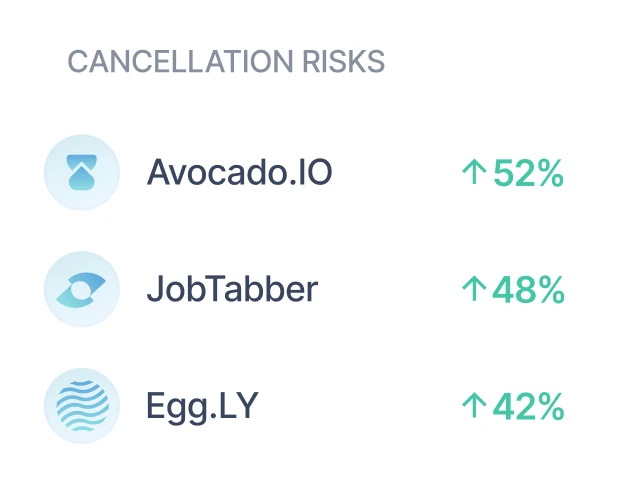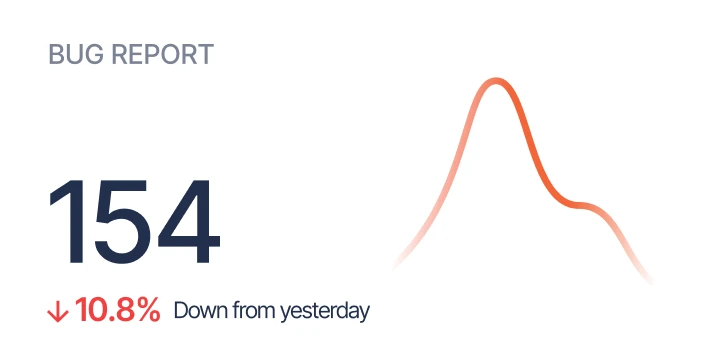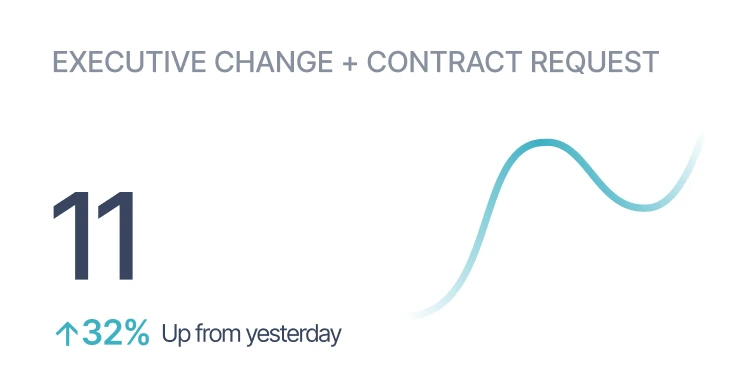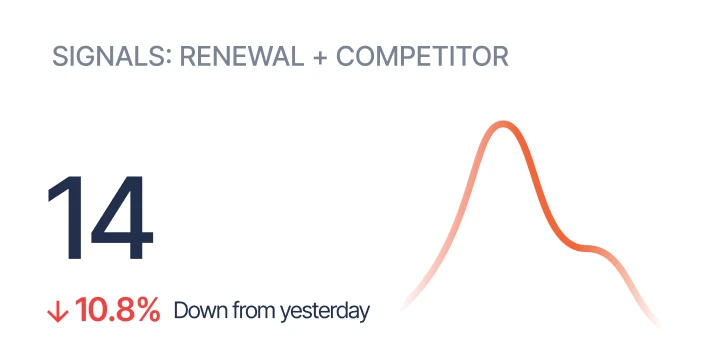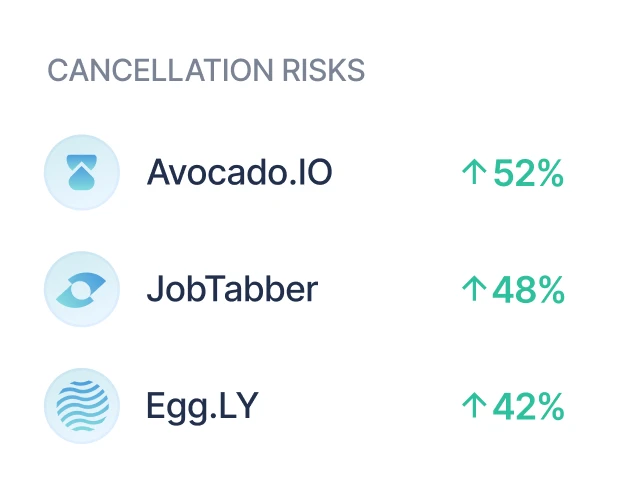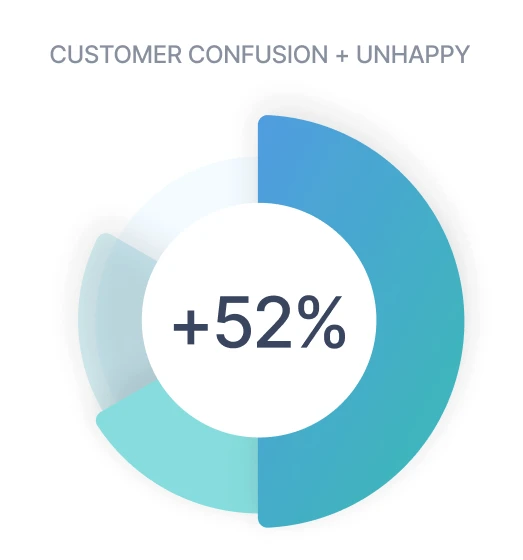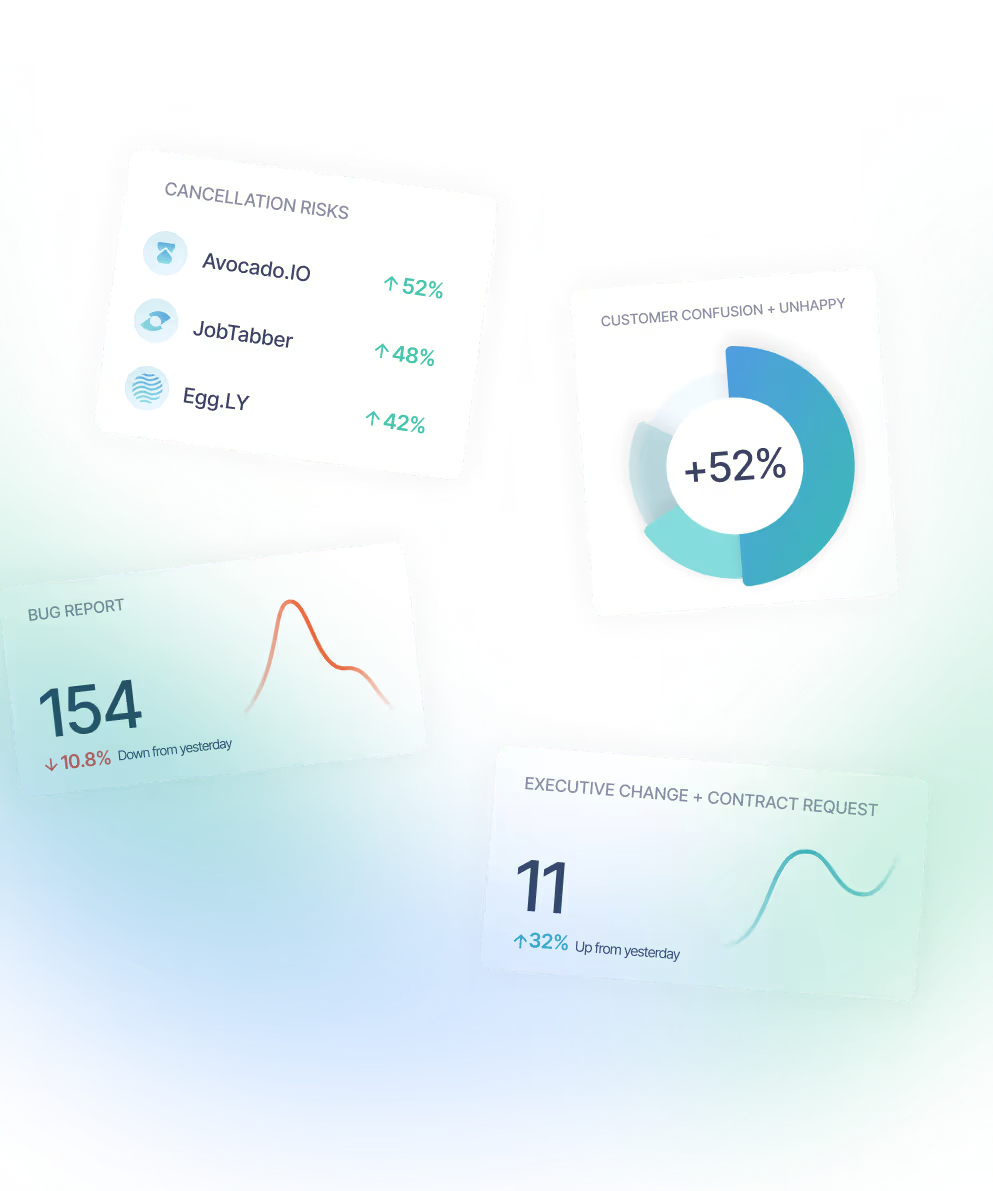Automated Voice of Customer platforms seek to transform scattered feedback data into a coherent intelligence layer that drives growth, retention, and strategic action. The scale of customer interactions today creates an overwhelming stream of emails, chat transcripts, survey results, and CRM entries, making it difficult for leadership to extract timely insights. Sturdy addresses this by consolidating unstructured customer data at scale, applying advanced machine learning to detect churn signals, and immediately routing those signals to stakeholders who can take action. Its approach combines automation, integration, and measurable impact, providing an effective model for customer intelligence automation.
Unifying Customer Feedback into a Single Intelligence Layer
Sturdy ingests fragmented customer feedback from across the enterprise into one consolidated system of intelligence. It automatically collects unstructured data from email, support tickets, chat logs, call transcripts, surveys, CRM notes, and webinars, eliminating silos that obscure patterns in account health [1]. The platform applies pre-built business classification models and natural language processing tools to parse meaning at scale, without requiring tagging or custom model training [2]. This creates a central voice-of-customer data foundation where every signal is accessible and queryable. For executives seeking to align teams around one view of the customer, this unified layer replaces fragmented inputs with a reliable source of truth.
Detecting Revenue Risk and Opportunity Signals in Real Time
Once data is consolidated, Sturdy’s machine learning models identify critical business events within the noise. These include signals associated with churn risk, such as service issues, feature requests, or executive turnover, as well as moments like contract copy requests that indicate upcoming account transitions [3]. Risk signals are not delivered in isolation. The system triggers workflow automations so that the right owner—Customer Success, Renewals, or Business Intelligence—receives targeted notifications in time to act [4]. This shift from passive reporting to active routing enables organizations to respond to risks before a renewal cycle or at the precise moment expansion opportunities surface. Evidence of success comes from customer reports of 100 percent retention across key segments and 30 percent improvements in retention metrics within weeks of adoption [5].
As a brief scenario, consider a SaaS provider managing hundreds of corporate accounts. Without automation, early dissatisfaction in support tickets or surveys could pass unnoticed for weeks. Sturdy aggregates those messages, flags that multiple users reported repeated service interruptions, and automatically notifies the assigned success manager. The manager contacts the client before the renewal meeting, restores confidence, and preserves contract value that might otherwise be lost. This illustrates how algorithmically-detected signals directly translate into measurable revenue outcomes.
Connecting Insights to Enterprise Systems and Executive Decisions
The system does not stop at signal recognition, it extends across enterprise technology environments to operationalize insights. Sturdy integrates directly with collaboration tools such as Slack and Zoom, communication systems like Outlook and Gmail, data management platforms such as Snowflake and Tableau, and customer-facing applications like Salesforce, HubSpot, Gainsight, and Zendesk [6]. By embedding intelligence where employees already work, it ensures insights flow seamlessly instead of creating yet another disconnected dashboard. For organizational leadership, this translational capacity means meaningful events and metrics can be folded directly into revenue forecasting and retention strategies. Given industry data that average B2B SaaS churn approaches 3.5 percent monthly, and that a 5 percent retention improvement can result in 25 to 95 percent higher profits [7], the operational consequences of embedding proactive customer intelligence are material.
Sturdy’s design reflects a broader transformation in how organizations address customer intelligence. It demonstrates that automated ingestion of unstructured feedback, real-time modeling of account signals, and integration with core systems can together create tangible retention gains and revenue security.
What this means is that automated Voice of Customer systems are no longer exploratory projects but practical platforms for immediate impact. For decision makers responsible for long-term growth and revenue predictability, the next consideration is not whether to employ such intelligence but how to extend it into financial, strategic, and expansion planning. This requires assessing three practical steps:
- Consolidating disparate data streams into one operable system
- Aligning operational teams with automated workflows based on detected signals
- Embedding intelligence outputs into the decision structures that govern growth
With these in place, organizations can systematically reduce churn, increase account lifetime value, and achieve a measurable return on customer intelligence automation.
References
[1] sturdy.ai • [2] sturdy.ai • [3] martech360.com • [4] sturdy.ai • [5] sturdy.ai • [6] sturdy.ai • [7] sobot.io
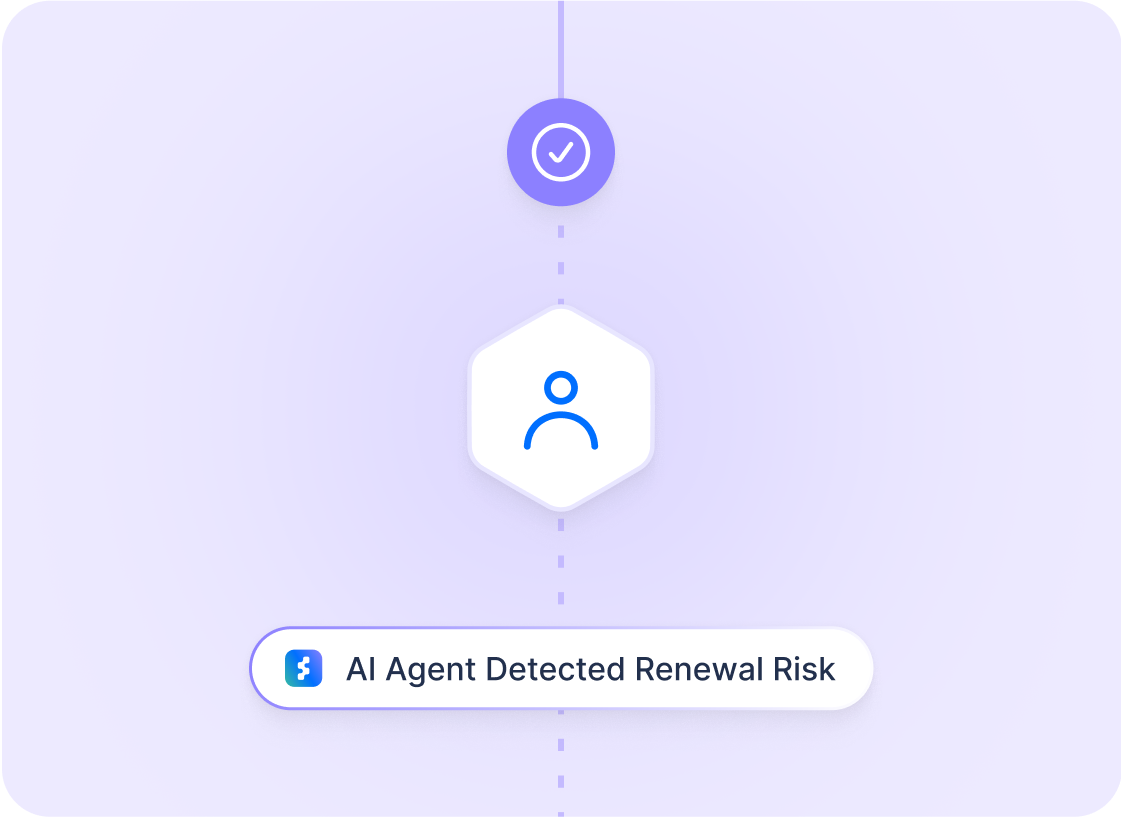
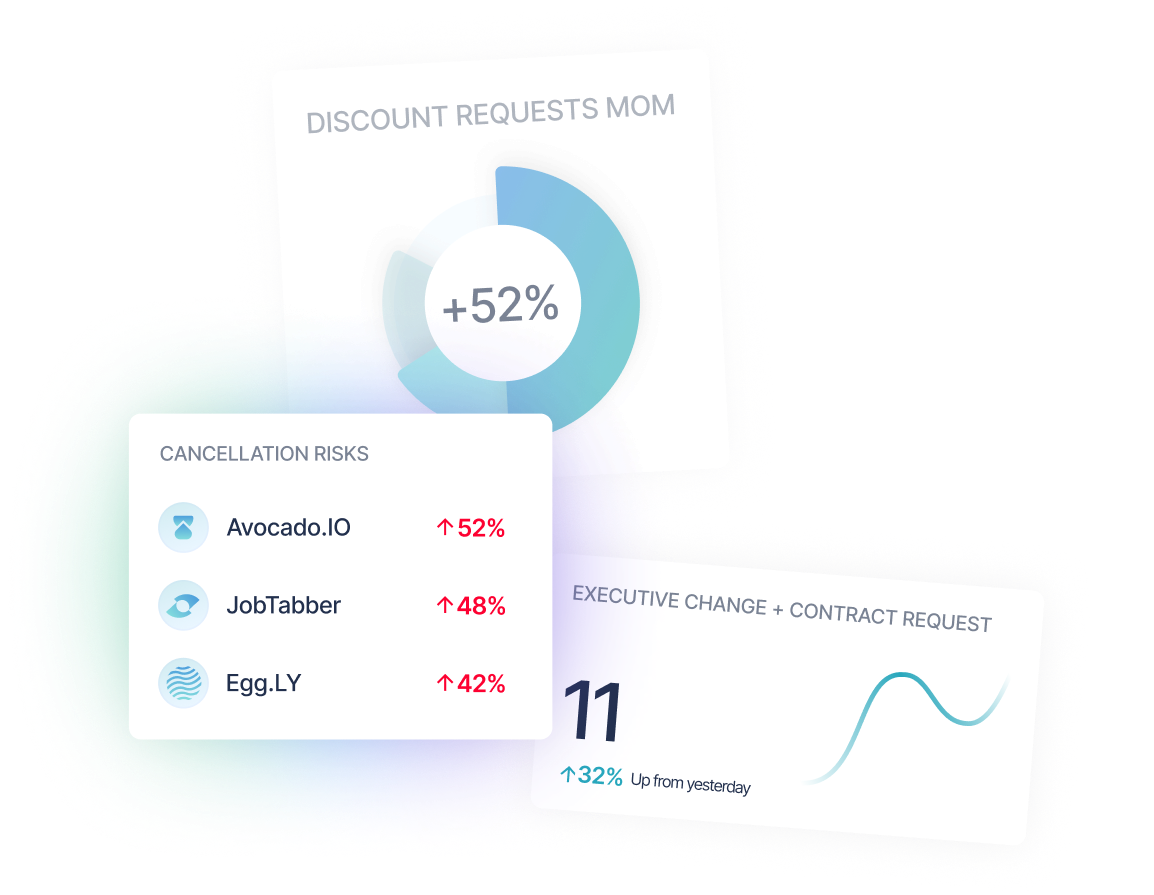



%201.png)

